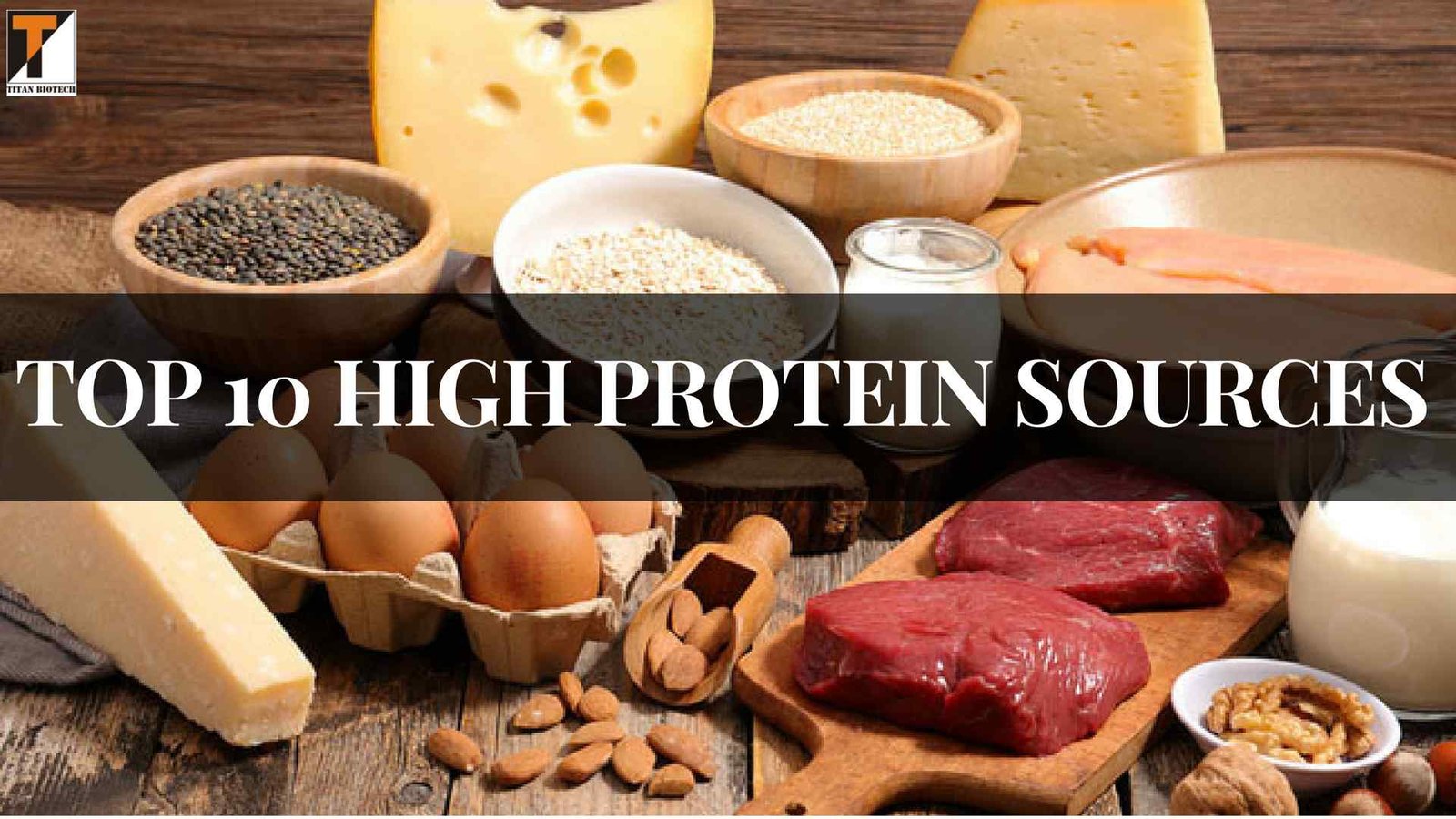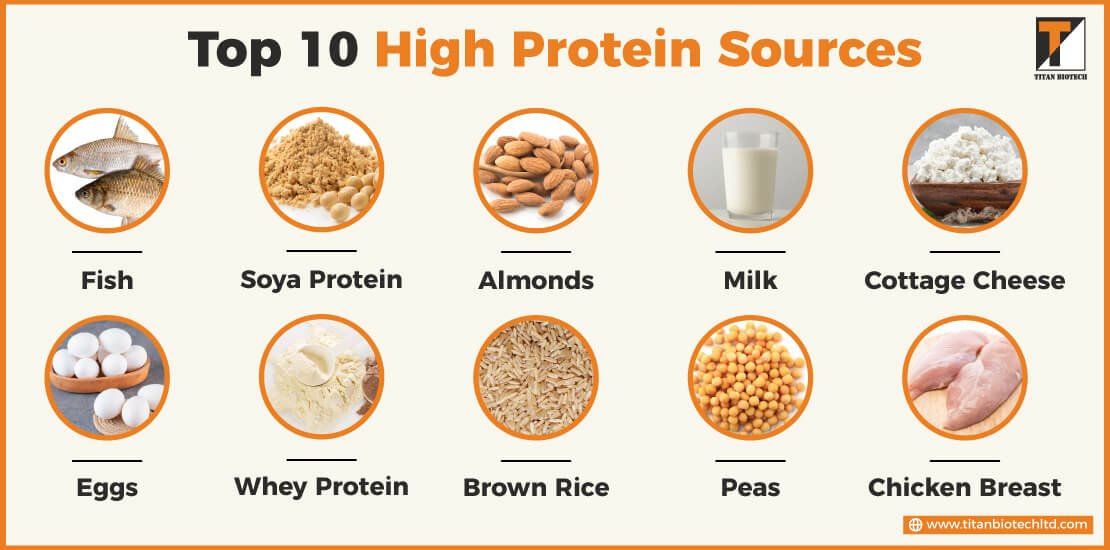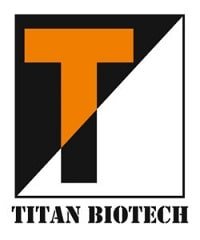Table of Content
- Introduction
- Importance of Eating Rich Protein Food
- Top 10 High Protein Sources
- Conclusion
- Frequently Asked Questions (FAQs)
Introduction
Protein is an essential part of the body that helps maintain the health and strength of muscles. It also facilitates the formation and repair of tissues and bones.
The body needs protein to build muscle mass, repair damaged cells, and maintain bone structure. Protein also helps boost metabolism, promote muscle growth, and help you feel full longer after meals.
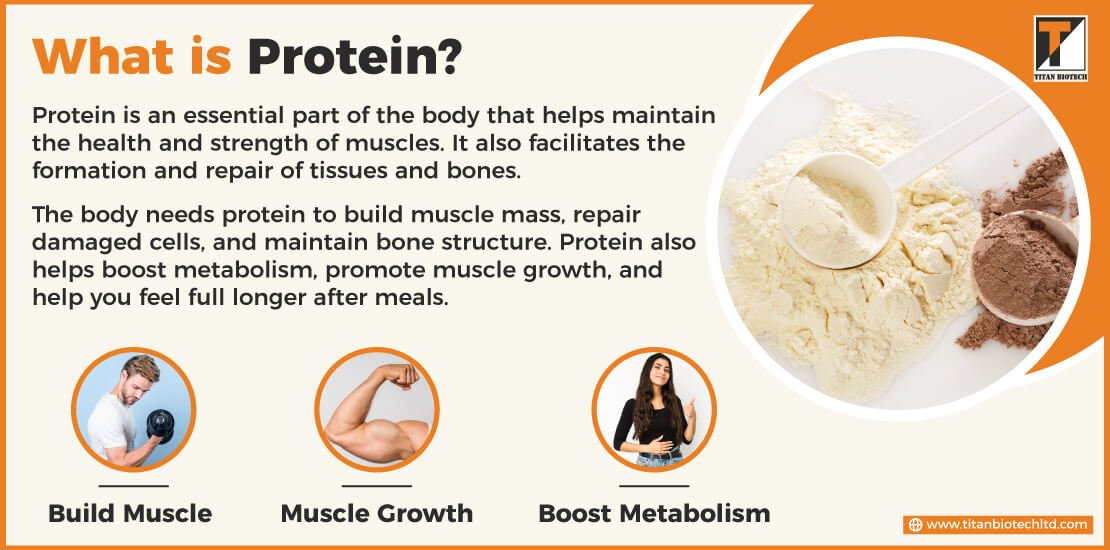
Protein helps increase metabolism by providing energy for your body to function properly. A high-source protein diet can help prevent weight gain by curbing the appetite, which can help control portion sizes and help you eat fewer calories per meal.
A high-protein diet can also assist your immune system fight infections and diseases. This can reduce your risk of developing diseases like heart disease, diabetes, cancer, osteoporosis, and obesity.
Importance of Eating Rich Protein Food
Protein is an essential component of every human body. It aids in the formation of new cells, tissues, and muscles. It is also in charge of the nervous system and the digestive tract’s proper functioning. Protein also provides energy to the body and aids in the development of immunity.
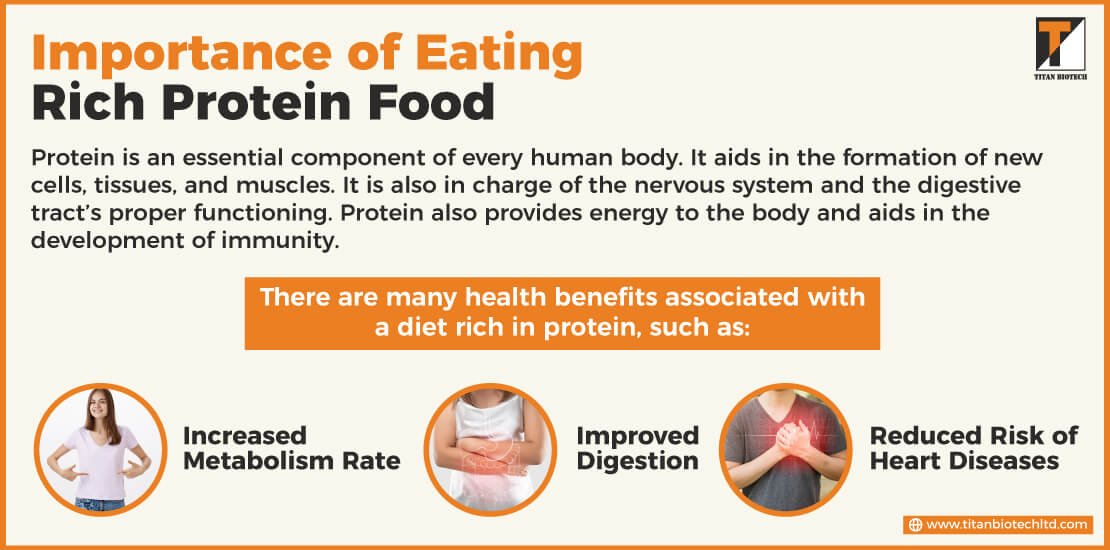
There are many health benefits associated with a diet rich in protein, such as:
-
Increased Metabolism Rate
Protein helps our body to burn calories more efficiently by increasing the rate of metabolism. It also helps to increase muscle mass which leads to faster weight loss.
-
Improved Digestion
Protein is digested more slowly than other types of food, making it easier to digest, thus improving digestive health.
-
Reduced Risk of Heart Diseases
A diet rich in protein reduces the risk of cardiovascular diseases by lowering cholesterol levels (which is considered a significant cause of heart attacks). Moreover, studies have shown that people who consume more high protein sources tend to live longer as compared to those who eat fewer protein sources than them (20g per day for men, 30g for women). Therefore, consuming high-protein foods can be beneficial for your health!
The best high-protein foods for weight loss are low-carb and high-protein sources. When we talk about animal-based proteins then the most common sources are chicken, bovine, and fish. These foods contain a good amount of B12 which is essential for healthy brain functioning hence they should be consumed daily by people who want to improve their mental health condition.
On the other hand, when we talk about plant-based proteins then legumes such as beans are considered one of the best sources for this purpose because they contain high levels of fiber which help in maintaining a good digestion system along with providing plenty of healthy carbohydrates and antioxidants that help fight against free radicals which cause damage to cells in our body leading to various diseases including cancer etc.
Top 10 High Protein Sources
The best protein sources for weight loss or building muscle include lean meats (chicken, turkey, lean bovine, and pork), eggs, nuts and seeds, legumes (beans and lentils), and low-fat dairy products.
The following are some of the best protein sources:
-
Chicken Breast
Chicken breast is a lean white meat that is low in fat and calories while being high in protein. One 3-ounce (85-gram) cooked chicken breast provides 33 percent of the daily recommended intake for iron. It also contains 2% of your daily calcium needs.
It contains 53 grams of protein with only 284 calories per serving.
-
Whey Protein
Whey protein is an organic protein source. It is high in branched-chain amino acids (BCAAs), which are necessary for muscle recovery. It also provides leucine, an amino acid that your body needs to build muscle and burn fat.
Whey proteins are often added to many other foods for their nutritional benefits. Whey protein is beneficial for people trying to lose weight because it helps with satiety levels when combined with other ingredients such as carbs or fats.
-
Eggs
When it comes to eggs, the more, the better! They’re high in protein and contain a variety of vitamins. All nine essential amino acids are found in egg white.
Eggs also provide high levels of choline, which is vital for brain development and is found in more significant amounts in eggs than any other food source.
Egg yolks are high in fat-soluble vitamin supplements such as vitamins A, D, B12, and choline.
They’re rich in antioxidants like lutein, zeaxanthin, and beta-carotene, protecting against oxidative damage to cells and supporting eye health.
One ounce of eggs contains 6 grams of protein.
-
Milk
Milk contains a lot of protein. It’s high in calcium, vitamin D, and B12. Milk contains 12 grams of protein per cup (237 mL).
The benefits of cow’s milk are incredible. It’s the highest source of protein, calcium, and phosphorus, as well as riboflavin (vitamin B2). It is used in layer cakes and scones, smoothies, and hot tea.
-
Soya Protein
Soya is recognized as a nutritious source of high-quality protein as it encompasses all the vital amino acids required by the human body but cannot be naturally produced. With roughly 20-24g of protein serving, approximately 28g of soya protein is a substantial contributor to daily protein intake.
As a plant-based protein, soya is ideal for those who follow a vegetarian or vegan diet and has a comparatively low calorie and fat content compared to other protein sources.
-
Brown Rice
Brown rice is a grain-based protein source that is a good source of carbohydrates and is considered a healthier alternative to white rice. It contains all the essential amino acids (protein building blocks), including methionine, lysine, and tryptophan. Brown rice also contains antioxidants such as tocotrienols (alpha-tocopherol), which have been found to reduce inflammation in the body.
A plant-based protein powder that comes from brown rice, which has been processed and milled into a fine powder. It is typically used as an ingredient in vegetarian or vegan diets, or as an ingredient in other products such as bars, shakes, energy drinks, and baked goods.
-
Almonds
A single ounce (28.35 grams) of almonds provides 6 grams of protein, 2 grams of fiber , and 3 grams of healthy fat. They’re also a good source of protein, including copper, manganese, phosphorus, selenium, and vitamin E.
-
Cottage Cheese
One cup (226 grams) of cottage cheese provides 28 grams of protein. Cottage cheese is a low-fat, high-protein cheese that is low in fat calories. 19.9 grams of protein are contained inside one 7-ounce (200-gram) container. It also contains calcium and potassium — two nutrients that help boost bone health and reduce the risk of osteoporosis later in life.
-
Peas
Peas are a plant-based high-protein source derived from dried green peas. They are commonly used in plant-based protein supplements. They also provide a good source of vitamins and minerals such as folate, magnesium, phosphorus, potassium, and vitamin K.
-
Fish
A protein-rich food that comes from aquatic animals, including salmon, tuna, and cod. Fish are high in protein and omega-3 fatty acids. Salmon is a rich source of vitamin D, which helps your body maintain healthy levels of calcium and phosphorus by helping your body absorb them more effectively from food sources such as dairy products or fortified cereals.
Conclusion
Titan Biotech is a leading manufacturer of whey protein powder, whey hydrolysate, milk protein isolate, casein, and lactose.
Titan Biotech provides high-quality milk protein, which is used as a protein supplement and in the bakery industry.
Whey protein is a direct result of cheese manufacturing. It is the liquid left over after curdling milk or cream. The fermentation process leaves several components, including lactose (milk sugar), protein, fat, and minerals like calcium, phosphorus, and magnesium.
The products are produced with high-quality ingredients like milk proteins, soy protein isolate, and many others. Our products are processed using state-of-the-art equipment to ensure that they meet international standards.
Frequently Asked Questions (FAQs)
What meat has the highest protein?
Whole eggs are one of the most nutrient-dense foods available.
They’re an excellent source of nutrients, minerals, healthy fats, antioxidants, and a good source of protein as it is an easily absorbed protein. Whole eggs with the yolk comprise plenty more nutrition, such as vitamin supplements, minerals, vitamin c, and healthy fats, than egg whites.
What is the best source of protein?
Chicken breast, eggs, lean bovine, and fish are some of the best protein sources. But if the ultimate goal is to gain muscle mass or lose body fat, there’s another source that might work better: dairy products.
Is milk a good source of protein?
Milk is high in calcium and B vitamins, such as riboflavin. Milk has 8 grams of protein per cup. It is food for individuals of all ages. It is also among the most widely consumed dairy products.
Are eggs a good source of protein?
Eggs are a good source of high-quality protein as well as vitamins B2, B12, and D. They are also a good source of choline, which is important during breastfeeding and pregnancy because it aids in a child’s development and growth.
What are lean sources of protein?
Some of the lean protein sources include protein powder, skinless turkey, beans, dairy (Low-fat ), sirloin, lean cuts of pork (tenderloin), soybeans, etc.
Does a high-protein diet cause acne?
IGF-1 levels can rise due to a high-protein diet, resulting in acne. Certain prescription medications can cause acne flare-ups.
References
- https://www.fastandup.in/nutrition-world/high-protein-foods-for-muscle-building/
- https://www.sciencedirect.com/science/article/abs/pii/0031938495021132
- https://academic.oup.com/jaoac/article/88/3/874/5657460
- https://books.google.co.in/books?id=ZZXBCQAAQBAJ
- https://academic.oup.com/ajcn/article-abstract/51/5/723/4695334
- https://www.sciencedirect.com/science/article/abs/pii/S0924224419308994
